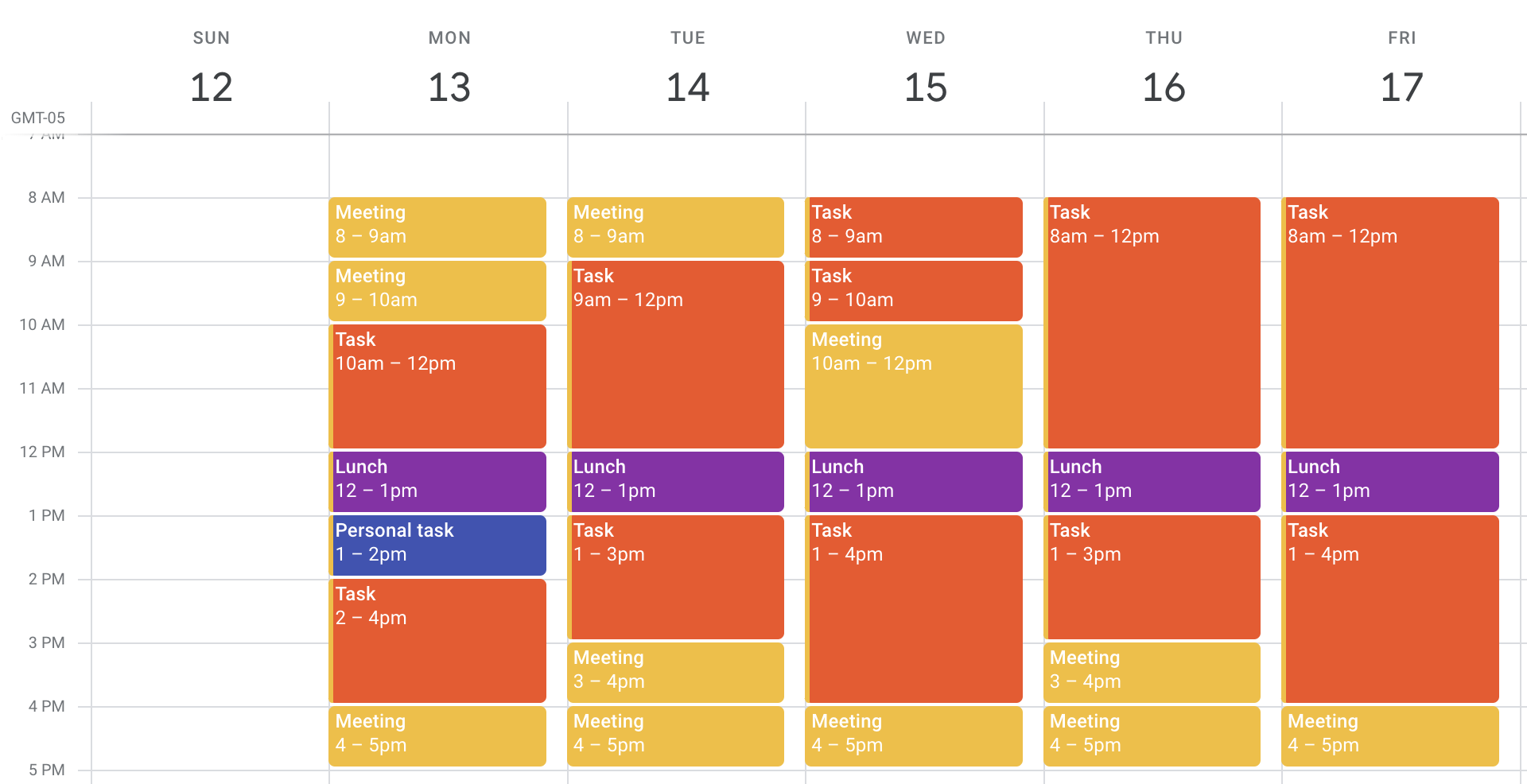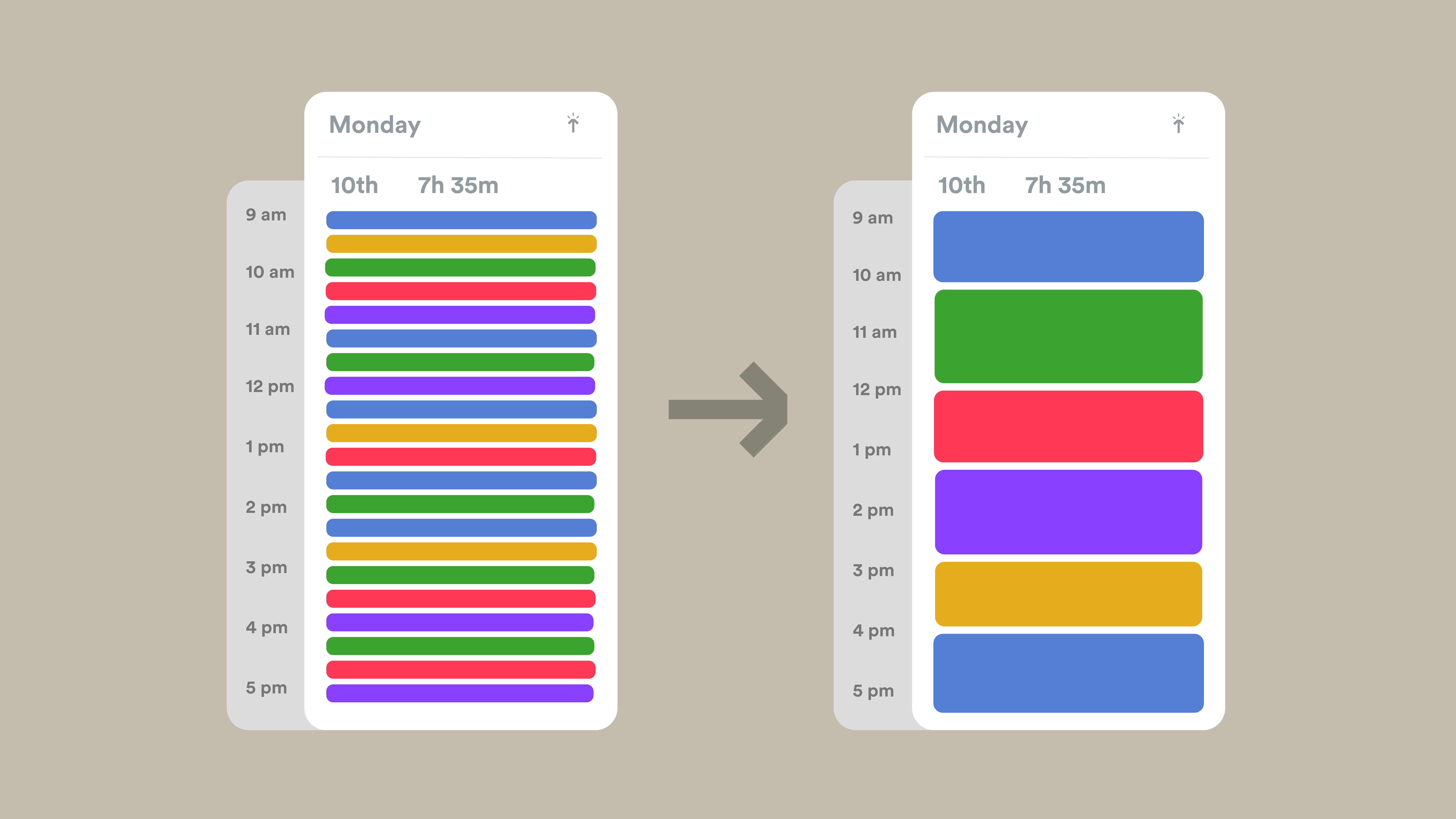Time Blocking Techniques: Mastering Your Schedule for Maximum Productivity
In today’s fast-paced world, balancing work, personal goals, and leisure can feel overwhelming. Time blocking techniques offer a structured approach to scheduling that boosts productivity, reduces stress, and ensures your priorities are met.
This article dives deep into the art of time blocking, explaining its benefits, techniques, and actionable tips to help you master your day effectively.

What is Time Blocking?
Time blocking is a time management technique that involves dividing your day into blocks, each dedicated to a specific task or activity. Unlike traditional to-do lists, which can often feel endless, time blocking ensures focused effort within a defined schedule.
Key Benefits of Time Blocking
- Eliminates Distractions: A structured plan reduces opportunities for interruptions.
- Increases Productivity: Focused blocks of time lead to higher efficiency.
- Reduces Procrastination: Scheduled tasks create a sense of urgency.
- Improves Work-Life Balance: Allocating time for personal activities ensures holistic well-being.
How Does Time Blocking Work?
The technique is simple yet transformative:
- Identify Priorities: Start by listing all your tasks.
- Estimate Time Requirements: Assess how long each task will take.
- Allocate Time Slots: Assign specific blocks for each task.
- Stick to the Schedule: Stay committed to the planned blocks.

Types of Time Blocking Techniques
1. Task-Based Blocking
Assign blocks of time to specific tasks or activities.
– Example: 9 AM to 10 AM for replying to emails.
2. Day-Themed Blocking
Dedicate entire days to specific types of work.
– Example: Monday for administrative tasks, Wednesday for creative projects.
3. Pomodoro Time Blocking
Combine time blocking with the Pomodoro Technique:
– Work for 25 minutes, followed by a 5-minute break. Repeat 4 times, then take a longer break.
4. Hybrid Blocking
Mix task-based and day-themed blocking to suit your unique workflow.
Practical Steps to Implement Time Blocking
Step 1: Plan Your Week in Advance
Use tools like calendars or planners to organize your tasks for the upcoming week. Digital tools like Google Calendar or apps like Notion can be particularly effective.
Step 2: Set Priorities
Utilize frameworks like the Eisenhower Matrix to determine what’s truly important.
Step 3: Group Similar Tasks
Batching similar tasks, such as phone calls or meetings, minimizes context switching.
Step 4: Reserve Buffer Time
Include small gaps between blocks for unforeseen delays or relaxation.

Common Mistakes to Avoid
- Overloading Your Schedule
- Avoid planning every minute of your day. Leave room for flexibility.
- Underestimating Time Requirements
- Be realistic about how long tasks take.
- Ignoring Personal Time
- Don’t forget to schedule breaks and leisure activities.
- Failing to Adapt
- Life is unpredictable. Adjust your blocks as needed.
Tools for Effective Time Blocking
1. Digital Tools
- Google Calendar: Perfect for color-coded time blocks.
- Trello: Combines task management with time planning.
- Clockify: Tracks time spent on each task.
2. Physical Planners
For those who prefer analog methods, consider planners with time-blocking templates.
3. Time Management Books
- “Deep Work” by Cal Newport
- “Atomic Habits” by James Clear

Real-Life Examples of Time Blocking
- Elon Musk’s Daily Routine
- Uses 5-minute blocks to maximize productivity.
- Bill Gates
- Schedules time not just for work but also for reading and reflection.
FAQs
1. How is time blocking different from to-do lists?
Time blocking integrates tasks into your calendar, ensuring dedicated time, while to-do lists only list items without a clear schedule.
2. What’s the best tool for beginners?
Google Calendar is beginner-friendly and highly adaptable for time blocking.
3. Can time blocking work for personal goals?
Absolutely! Use it to schedule workouts, family time, or hobbies.
Final Thoughts
Time blocking techniques are not just about managing tasks; they’re about reclaiming control over your day. By planning intentionally and focusing deeply, you can achieve more with less stress.
Start small, experiment with different approaches, and find what works best for you. Remember, time is your most valuable asset—spend it wisely.
For more insights on time management, check out our comprehensive guide or explore productivity hacks.


